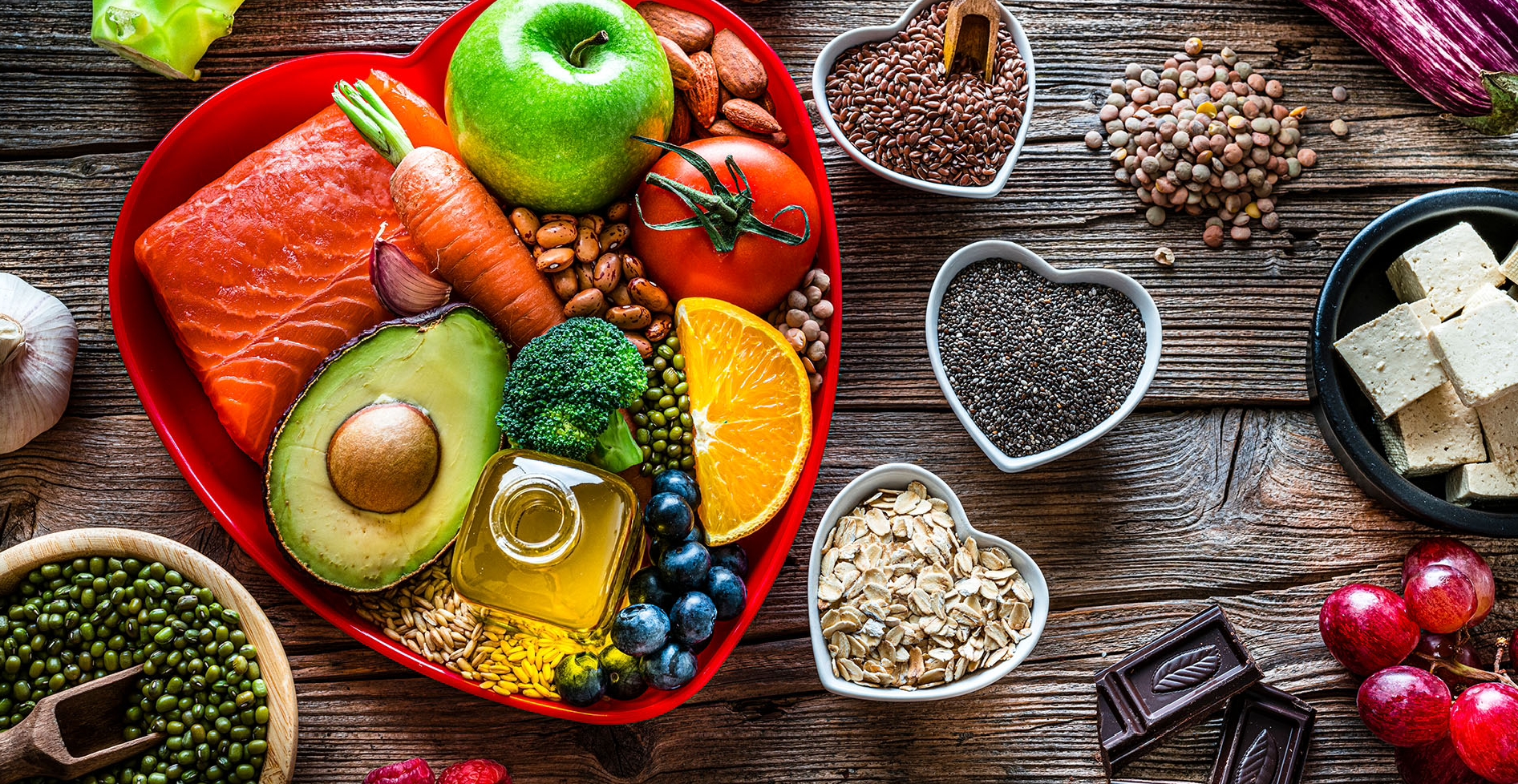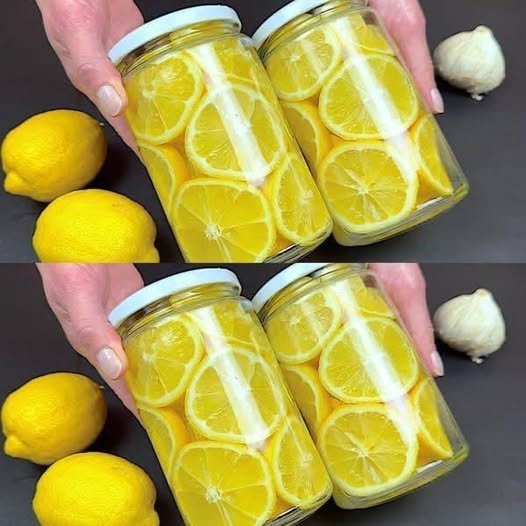Traditional Preserved Lemon Recipe
Preserved lemons, also known as pickled lemons, are a delicious way to add a tangy and aromatic boost to your meals. This traditional recipe is simple and easy to follow, allowing you to create these flavorful lemons to use in salads, stews, or as a zesty condiment with grilled meats and more. The preserved lemons take a few weeks to prepare, but the wait is worth it!
Ingredients:
- 3 tablespoons sea salt
- 6 fresh lemons
- Juice of 4 lemons
- 2 tablespoons olive oil
- Optional: garlic cloves, bay leaves, or chili peppers (for extra flavor)
Instructions:
- Prepare the Lemons:
- Wash the lemons thoroughly to remove any dirt or wax from the skin.
- Cut the lemons into thin slices or quarters, depending on your preference. Slicing them into thin rounds is common, but cutting into quarters can make it easier to fit them into jars.
- Salt the Lemons:
- Sprinkle the sea salt generously over each lemon slice or quarter. Rub the salt into the flesh and skin of each piece to ensure it’s well-coated.
- Pack the Jars:
- Place the salted lemon slices or quarters tightly into sterilized glass jars. If you’d like to add additional flavor, you can layer in a few garlic cloves, bay leaves, or chili peppers between the layers of lemons.
- Add Lemon Juice:
- Squeeze the juice from 4 fresh lemons and pour it over the lemons in the jar, making sure the lemons are fully covered. Leave about an inch of space at the top of the jar to allow for expansion during fermentation.
- Seal with Olive Oil:
- Pour a thin layer of olive oil on top of the lemons to help seal them and prevent exposure to air, which can affect their preservation.
- Store and Shake:
- Close the jars tightly and store them in a cool, dark place for 2-3 weeks. Every few days, shake the jar gently to redistribute the salt and lemon juice, ensuring even pickling.
- Ready to Use:
- After 2-3 weeks, the preserved lemons will be soft, fragrant, and tangy. They are now ready to use in your dishes!
- Once opened, store the jars in the refrigerator for longer freshness.
Tips for Using Preserved Lemons:
- Use the peel and flesh: Both the lemon peel and flesh are edible once preserved, so you can use both parts in your cooking.
- Great for Middle Eastern Dishes: Preserved lemons are commonly used in Moroccan, Middle Eastern, and Mediterranean cuisines. They pair well with tagines, salads, grilled meats, and couscous.
- Flavor Enhancer: Try adding a small piece of preserved lemon to a vinaigrette, stew, or even on roasted vegetables for an extra burst of flavor.
Frequently Asked Questions (Q&A)
Q1: How long do preserved lemons last?
- A1: Preserved lemons can last for several months when stored in the refrigerator. After they’ve been opened, keep them in the fridge, and they will stay fresh for up to 6 months.
Q2: Can I use other types of salt instead of sea salt?
- A2: It’s best to use sea salt or kosher salt, as these salts help draw out moisture from the lemons and preserve them effectively. Regular table salt is not recommended because it contains additives that could alter the flavor.
Q3: Do I need to sterilize the jars?
- A3: Yes, it’s important to sterilize the jars to prevent the growth of harmful bacteria. You can sterilize the jars by boiling them in hot water or washing them in the dishwasher on the hottest cycle before packing them with the lemons.
Q4: Can I use limes instead of lemons?
- A4: Yes, you can use limes instead of lemons to make preserved limes. The process and the flavor profile will be similar, but limes will provide a slightly different, more tangy and tart flavor.
Q5: Can I speed up the preservation process?
- A5: Unfortunately, the preservation process requires time for the flavors to develop. You’ll need to wait at least 2-3 weeks for the lemons to soften and take on the tangy, flavorful characteristics. However, you can use the lemons in dishes once they’re ready, as the fermentation process makes them tender and aromatic.
Q6: Are preserved lemons good for my health?
- A6: Yes! Preserved lemons are rich in vitamins, antioxidants, and minerals, and the fermentation process can also provide beneficial probiotics that aid in digestion. They are a flavorful way to boost the nutritional value of your meals.
Q7: What dishes can I use preserved lemons in?
- A7: Preserved lemons are versatile and can be used in a variety of dishes, such as:
- Salads: Add finely chopped preserved lemons to fresh salads for a tangy burst of flavor.
- Stews & Tagines: They pair especially well with slow-cooked meats like lamb or chicken.
- Grilled Meats: Use them as a condiment to elevate grilled chicken, lamb, or fish.
- Couscous or Rice Dishes: Add chopped preserved lemons to couscous or rice for extra zing.
Final Thoughts:
Making your own preserved lemons is an easy, natural way to add bold and aromatic flavors to your dishes. This simple recipe results in tangy, savory lemons that will enhance the taste of many meals. Whether you use them in stews, salads, or as a condiment for grilled meats, preserved lemons will bring a fresh, zesty burst to your kitchen!
Enjoy your preserved lemons! 🍋😊

